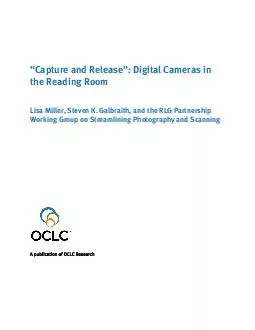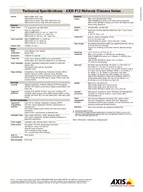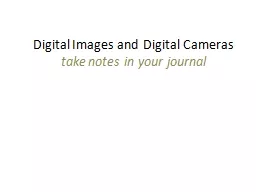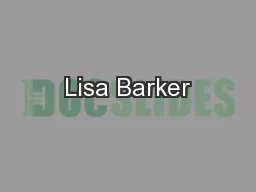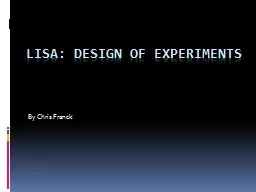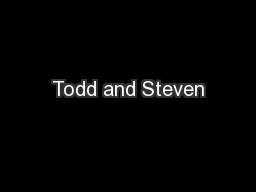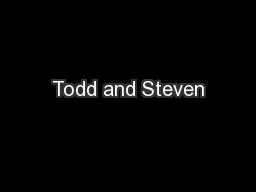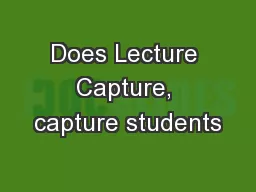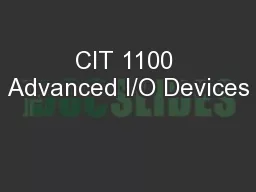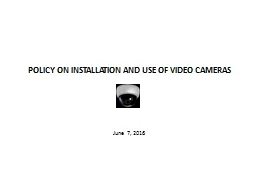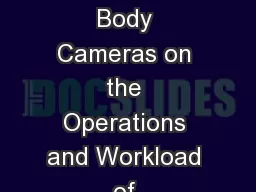PDF-Capture and Release Digital Cameras in the Reading Room Lisa Miller Steven K
Author : luanne-stotts | Published Date : 2014-11-28
Galbraith and the RLG Partnership Working Group on Streamlining Photography and Scanning A p ublication of OCLC Research brPage 2br Capture and Release Digital Cameras
Presentation Embed Code
Download Presentation
Download Presentation The PPT/PDF document "Capture and Release Digital Cameras in t..." is the property of its rightful owner. Permission is granted to download and print the materials on this website for personal, non-commercial use only, and to display it on your personal computer provided you do not modify the materials and that you retain all copyright notices contained in the materials. By downloading content from our website, you accept the terms of this agreement.
Capture and Release Digital Cameras in the Reading Room Lisa Miller Steven K: Transcript
Download Rules Of Document
"Capture and Release Digital Cameras in the Reading Room Lisa Miller Steven K"The content belongs to its owner. You may download and print it for personal use, without modification, and keep all copyright notices. By downloading, you agree to these terms.
Related Documents

